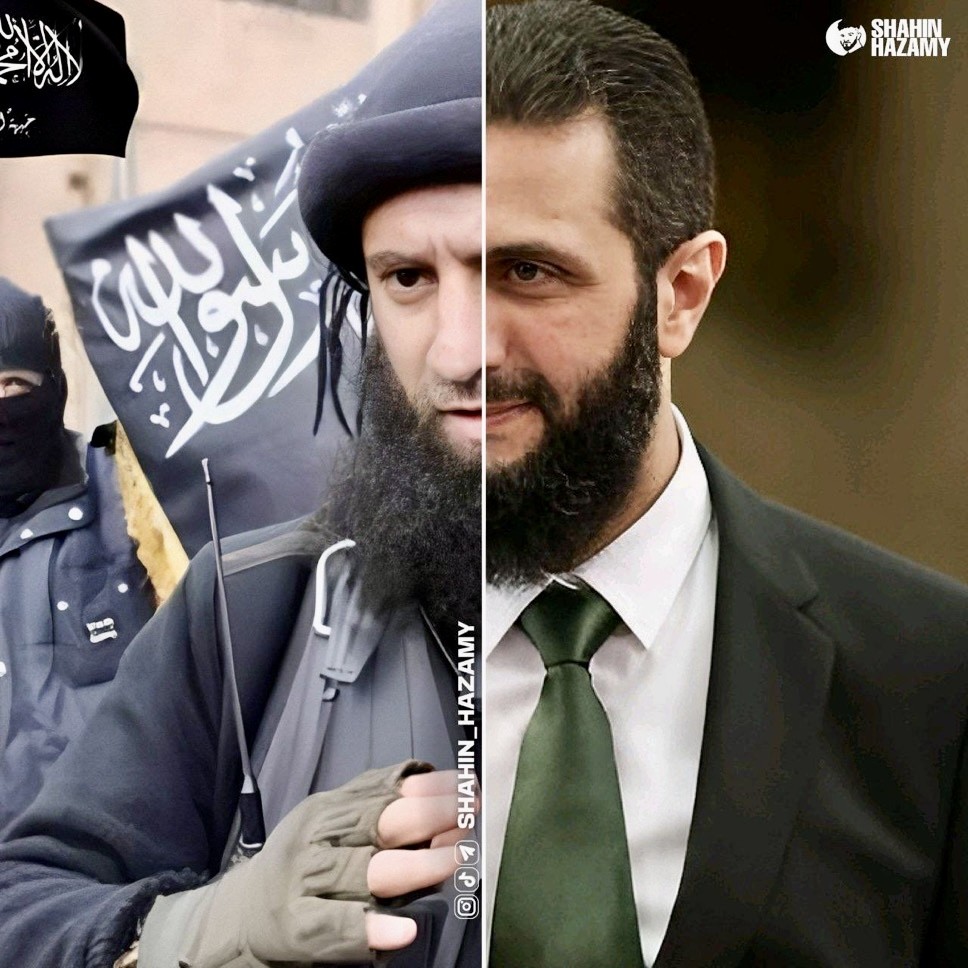
The carefully constructed façade of a unified Syrian transition shattered under the weight of its contradictions. The Suwayda explosive, sectarian, and blood-soaked debacle did more than expose the vulnerabilities of a fragile regime. It laid bare the underlying fault lines of an international project that attempted to rebrand jihadist warlord Abu Mohammad al‑Julani as a statesman under the civilian identity of Ahmed al‑Sharaa.
By Ali Albeash
What emerged from this failed experiment was not reconciliation or reconstruction, but a step closer to Syria’s irreversible partition. Ahmed al‑Sharaa was never truly a break from the past, but a wolf in sheep's clothing.
Julani was presented as a palatable face for the post-Assad order. With backing from key Western capitals, Washington, London, and Paris, the man once hunted as an al-Qaeda affiliate was recast as a transitional president.
A PowerPoint pitch delivered to Tom Barrack by Syrian-American operatives compared al‑Sharaa to “a disciplined dictator,” a modern-day Saddam Hussein who could impose order, dissolve militias, and sign peace agreements. Trump-era Gulf money and Israeli security concerns aligned, birthing the illusion that Julani, once tamed, could become Syria’s Karzai.
But Syria is not Afghanistan, and Julani is no technocrat. Instead of institutional reform, he governed through consolidation, gutting civilian oversight, bypassing constitutional legitimacy, and demanding total loyalty. And Suwayda, a predominantly Druze province long suspicious of Sunni Islamist rule, became the first to push back.
The violence that erupted in Suwayda in July wasn’t spontaneous; it was the symptom of a more profound contradiction. Israel, having long treated southern Syria as a strategic buffer, reacted to the growing presence of Julani-aligned factions by launching precise airstrikes against military targets in Suwayda and Damascus.
The message was unmistakable: Israel will not tolerate a regime near its borders led—nominally or secretly—by a figure it still associates with radical jihadism.
Under pressure, al‑Sharaa ordered a military withdrawal from Suwayda, handing control to local Druze leaders and clerics. What followed was chaos. With security vacuums came bloodletting: forced displacement of Bedouin families, targeted killings, and retaliatory violence.
Video testimonies and eyewitness reports described neighbourhoods ablaze, houses looted, and families fleeing to the Daraa countryside with no shelter. This was not a tactical retreat—it was a collapse.
Harassment of the Druze
Druze communities in other provinces faced a mounting campaign of harassment. In Aleppo and Damascus, Druze students were assaulted on university campuses by Sunni extremist groups, some reportedly linked to pro-regime militias.
Public figures and clerics close to the regime began issuing inflammatory statements, calling for the expulsion of Druze from “pure Sunni areas” and urging economic and social boycotts. Markets refused to sell to Druze merchants. In several neighbourhoods, graffiti marked Druze homes with threats, while social media circulated maps urging Sunnis to push the Druze “back to Jabal.” The message was clear: Suwayda was no longer just a stronghold—it was a prison.
Supporters of the regime framed the withdrawal as a manoeuvre to protect civilians. Critics saw it for what it was: surrender to foreign diktats. Leaked sources claim that Israel demanded not only military retreat but also the complete pullout of intelligence forces, effectively allowing Druze militias to control the city. The Israeli calculus is simple: better a fragmented Syria governed by neutral or friendly minorities than a unified one led by a chameleonic Islamist.
The bare truth remains the same: the Suwayda crisis wasn’t an internal malfunction; it was the inevitable consequence of trying to stitch together irreconcilable agendas. The West pushed for Julani’s integration. Turkey, threatened by this rebranding, quietly undermined it by unleashing its proxies. Israel, sceptical of Julani’s transformation, opted to fast-track Druze autonomy instead.
In the end, al‑Sharaa’s government was the only party that lacked both credibility and control.
Even within Julani’s inner circle, dissent brewed. Sources claim military commanders warned against entering Suwayda, fearing a backlash they weren’t prepared to handle. Julani pressed forward anyway, under assurances from foreign patrons that Israel wouldn’t interfere. That promise evaporated the moment the first rocket hit a retreating convoy.
Worse still, the regime’s supporters—many of whom genuinely believed in al‑Sharaa’s civilian pivot—now find themselves betrayed. The ethnic cleansing of Bedouins in Suwayda, carried out with impunity, was met with silence from a leadership that claimed to stand for national unity.
The myth of Julani-as-statesman died not in a press conference, but in the smouldering ruins of southern Syria.
From the outside, Syria’s unravelling now resembles historical cases like Kosovo, South Sudan, and East Timor—territories carved by war, frozen diplomacy, and foreign ambition. Calls for federalism or autonomy in Suwayda are no longer fringe demands; they are serious proposals backed by regional actors.
Israeli officials, once ambiguous, now openly consider a “Druze buffer zone” along the Golan Heights as the least risky option. The irony is bitter: in seeking to prevent Islamist encroachment, Israel may catalyse the disintegration of Syria altogether.
Meanwhile, the normalisation talks brokered by Azerbaijan—once heralded as a new diplomatic frontier—have collapsed. Syrian officials, facing public backlash, walked back even the possibility of negotiations with Israel absent a complete withdrawal from the Golan. Tel Aviv, in turn, has tightened its preconditions, demanding demilitarisation of southern Syria and the exclusion of Turkish and Iranian forces. Trust is non-existent. Julani may wear a suit, but for Israel and much of the Syrian public, he remains a warlord in costume.
At the heart of the crisis lies a more profound truth: national reconciliation cannot be imposed through deception. Al‑Sharaa’s claim to leadership—untested by referendum, unbounded by checks, and unchallenged by institutions—was always a gamble.
The cost of this gamble is becoming evident; Syria is fracturing along ethnic, sectarian, and geopolitical lines. Suwayda may be the first to fall out of Damascus’s grip, but it will not be the last. Northeastern Syria, the Alawite coast, and the Turkish buffer zones in the north already operate as separate entities.
The conclusion is as painful as it is obvious: the attempt to reconstruct Syria on the back of a rebranded jihadist leader has failed. What remains is a hollow state, vulnerable to foreign intervention, internal collapse, and creeping partition.
The only viable exit is a genuine, transitional national council that is representative, accountable, and legitimate. But with Julani’s grip tightening and foreign actors playing chess with Syrian lives, that path narrows by the day.
This is not merely the end of the Sharaa project. It is the beginning of the end of Syria as we once knew it.
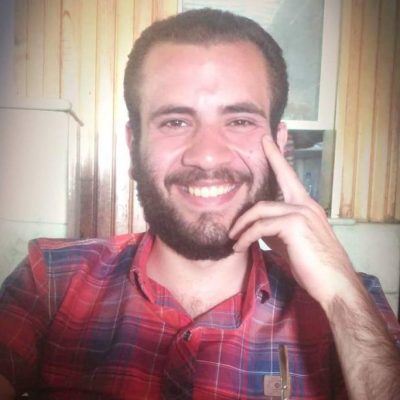

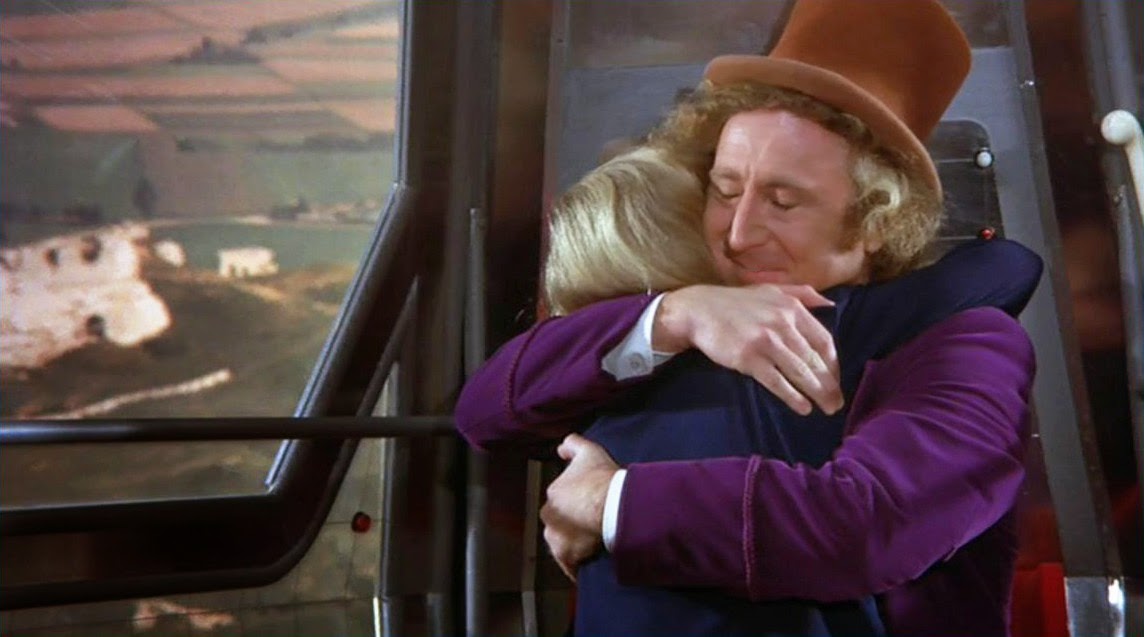

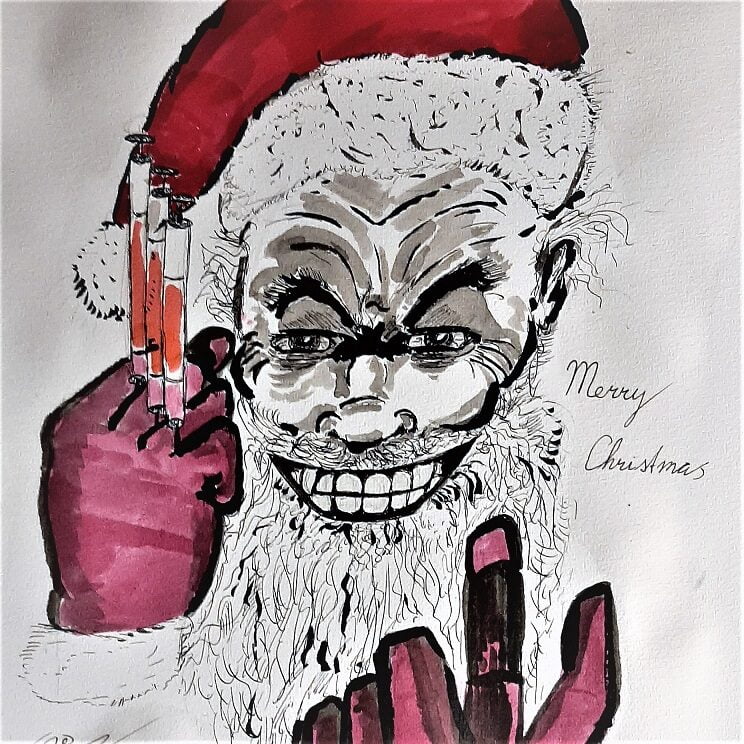
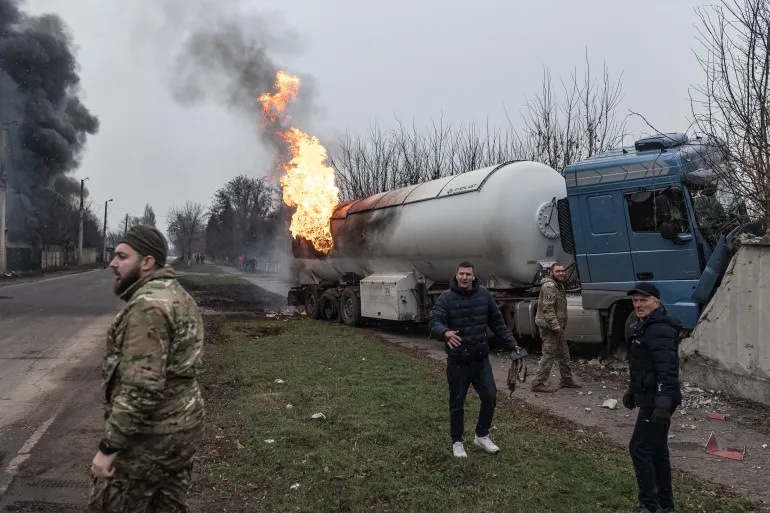
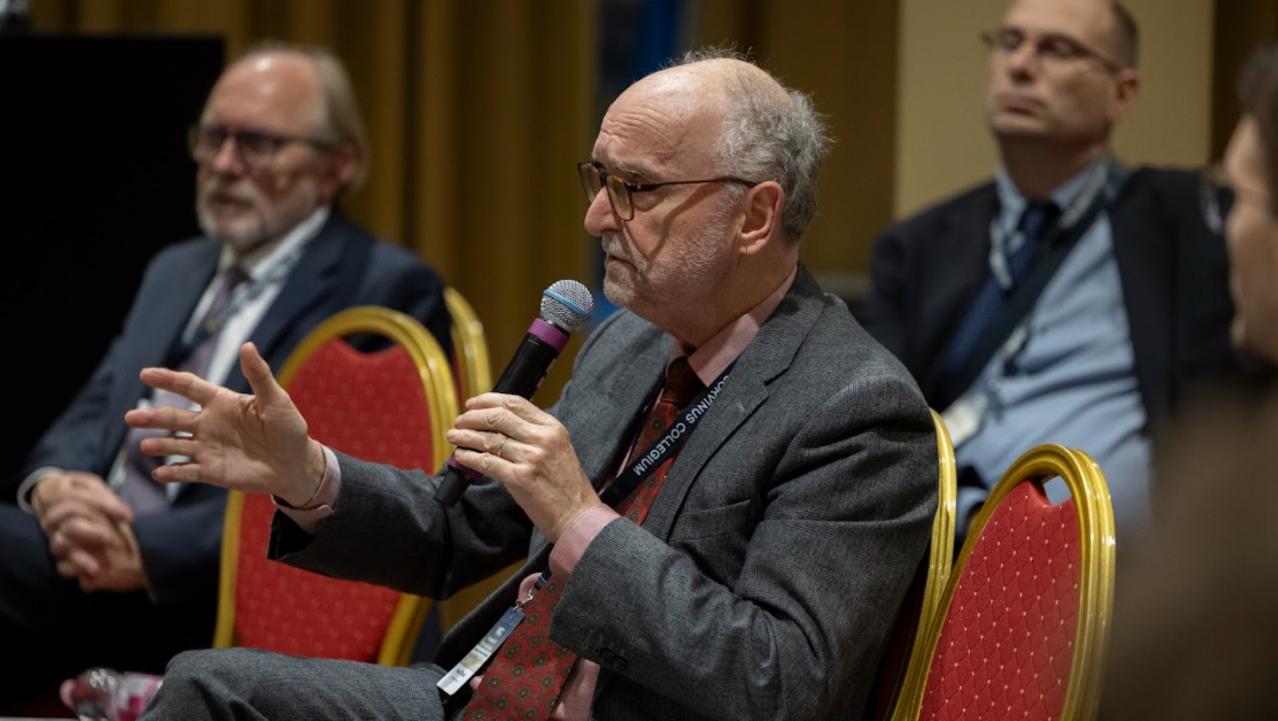
[…] the mass killing of innocent Alawite civilians in the coastal regions of Latakia and Tartus to the attempted genocide of Syria’s historical Druze community, the new government has shown a deep failure to govern equitably. One of the most […]